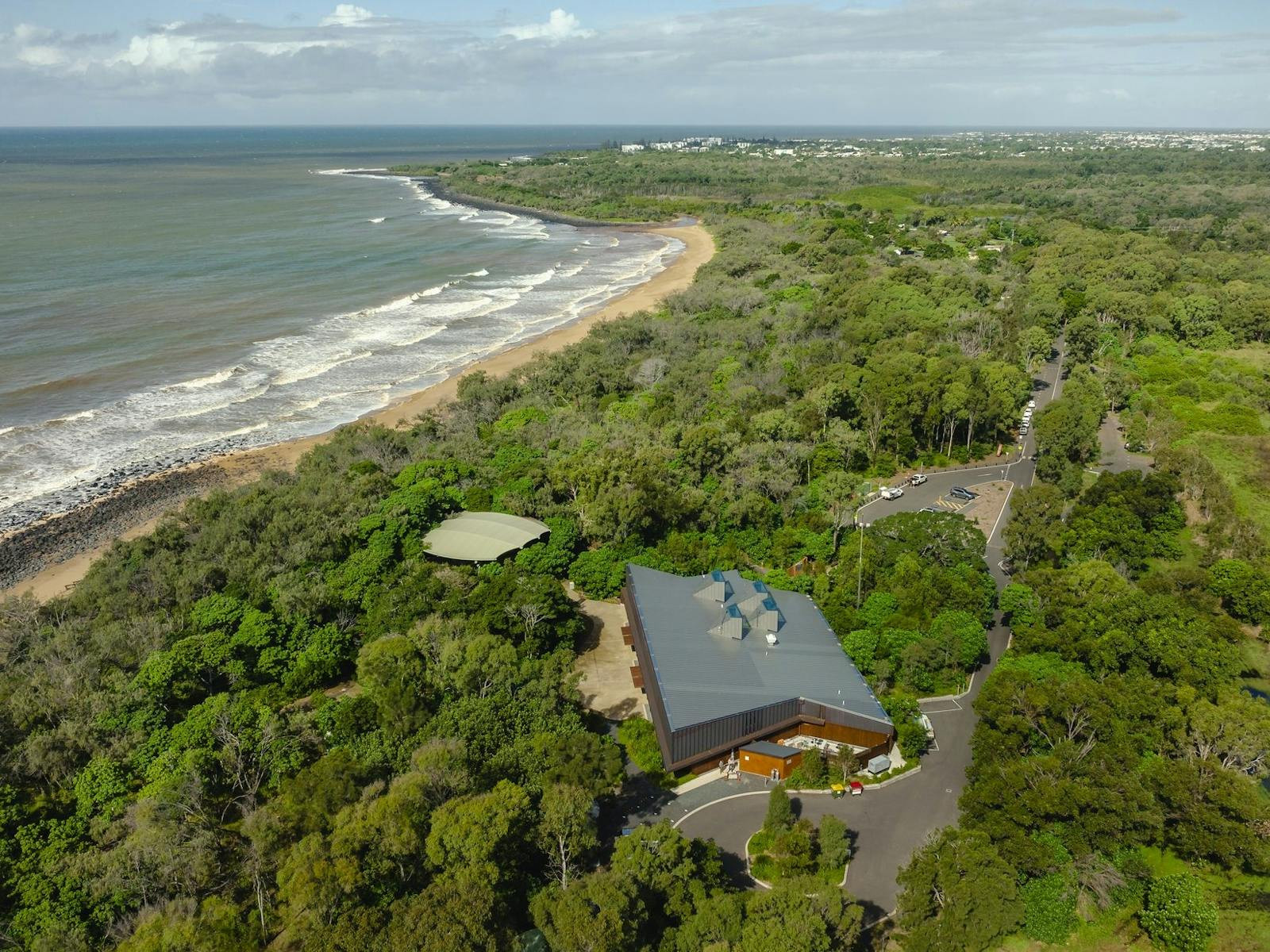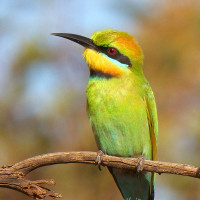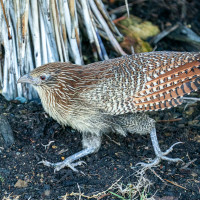Beschreibung
Mon Repos Conservation Park is renowned for its significant role in marine turtle conservation, particularly for the endangered loggerhead turtles. Mon Repos hosts the largest concentration of nesting marine turtles on the eastern Australian mainland and supports the most significant loggerhead turtle nesting population in the South Pacific region. The park is also home to abundant birdlife and has lots of walking tracks.
Details
Zugang
Mon Repos Conservation Park is located 14km east of Bundaberg. It is about a 4hr 30min drive north from Brisbane, 15min east of Bundaberg and 10min from Bargara. Press P on the map for directions. Train, bus and plane transport is available to Bundaberg. Between October and April, beach access is restricted to the hours of 6am and 6pm. Visitors can enjoy exploring the coastal environment along the beach, walking tracks and shared trail (for walkers and cyclists).
Terrain und Habitat
Dünen , Wald , Strand , MeerBedingungen
Flach , Sandig , Hügelig , Hochwasser möglichRundweg
NeinIst ein Spektiv nützlich?
Möglicherweise hilfreichGute Beobachtungszeit
GanzjährigRoute
Schmaler Pfad , unbefestigte StraßeSchwierigkeitsgrad der Tour
DurchschnittlichErreichbarkeit
zu Fuß , Fahrrad , RollstuhlBeobachtungshütten oder -türme
NeinZusätzliche Informationen
Mon Repos is French for "My Rest" and was the name of the homestead established by Augustus Purling Barton in 1884. Barton was a pioneer of the Queensland sugar industry. The area was owned by the French Government between 1890 and 1925 after they had laid the first telegraph cable from Australia to New Caledonia. The cable came ashore on Mon Repos beach.




